Why Waldorf Education Works
If you walk into a Waldorf classroom it’s highly likely that you’ll see lots of arts and crafts materials for all sorts of different projects that they do. This is because Waldorf schools emphasise creativity and hands-on learning. They could be producing their own plays, riding around on unicycles, or even playing a recorder. The learning opportunities are endless. Here we take a look at why Waldorf education works for children, even though it has had its fair share of criticism.
Is In the Beginning – Waldorf Schools were a Radical Educational Model
When Austrian philosopher Rudolf Steiner developed the first Waldorf School for the children of cigarette factory workers in 1919, Europe was rebuilding after World War I and was ready to embrace a new type of educational model, one that was radically different for its day. Today, the model remains unique when compared with traditional schools.
Rudolf Steiner believed all humans had the ability for self-improvement, spiritual growth, and the potential to change the world around them. Bearing that in mind, Waldorf schools are based on the philosophy that imaginative and practical, hands-on work is the best way to promote learning. Children are introduced to lessons through music, visual arts, dance, writing, and myth. Even classical mythology, cultural folk, fairy tales, and religious images — from the Buddha to angels — are common in Waldorf classrooms.
They certainly don’t take a traditional approach at all. Instead of teaching specific skills such as reading, Waldorf encourages students to paint or draw letters until they learn to recognise and write them. The Waldorf approach to reading is substantially different from how it’s taught in mainstream schools. In fact, students don’t focus on traditional forms of reading until third grade. Instead, they spend time listening to stories and recognising sounds in the early grades.
Through creative arts, such as knitting and woodworking, students also learn basic mathematical skills of counting, geometry, and fractions. They learn about science, zoology, and biology by crafting animals and dolls out of pine cones, rocks, and other materials they find outside. Outdoor classes are not only offered at some Waldorf schools, students are encouraged to get muddy and play in the rain.
In later grades, students also learn through storytelling, hands-on art projects, and textbooks they write and illustrate themselves. Some schools may bring in textbooks for math and foreign languages, though. Classrooms are absolutely technology free.
In many instances, children really learn some phenomenal skills from this approach and this is why Waldorf education works so well.
Is a Waldorf school a good fit for your family?
As Waldorf education is so different to traditional schooling, it’s absolutely worth asking the question about whether it is not only a good fit for your child but whether it is a good fit for your family too. There’s a lot in a Waldorf school to be attracted to, but sometimes parents are put off by other aspects of the schooling system too.
Many parents who visit a Waldorf school for the first time fall in love with Waldorf’s unique approach – the old-fashioned pace, an abundance of arts and crafts, no technology, plenty of outdoor education, and an emphasis on hands-on learning. Instead of whiteboards up on the walls, you’ll find old-fashioned chalkboards. Kids learn about history and mythology through the images and objects that they create themselves. If your child is creative, there are lots of opportunities to paint, knit, or sew. Music is also core to the curriculum; you’ll find musical instruments in nearly every classroom. They also put an emphasis on children writing and acting in their own plays.
However, some parents on the other hand could be looking for a technology-driven classroom that prepares children for a fast-paced world and if this is the case then Waldorf may not be for you. When you sign your child up for Waldorf schooling there are strict media policies that you have to sign up for including limiting your child’s access to TV, computers, iPods, iPads, video games and pretty much any other electronic device that you can think of that might distract your child.
At some Waldorf schools, everyday use of electronic media is banned for students until the fifth grade. Beginning in sixth grade and with parental supervision, some Waldorf schools allow students to watch limited amounts of television and movies. Some schools allow sixth graders to carry a cell phone as long as they don’t keep it in their backpacks during school hours, but Internet and video game use is still discouraged. It’s not until high school that most Waldorf schools allow students to have limited use of electronic media, including the Internet and social media.
At the same time, a Waldorf school may not be for you if you’re more comfortable with a traditional approach to reading, writing, and maths. It could also not be the right fit if you worry that your child will fall behind if she doesn’t learn the basics in her first few years at school.
What will you Find in the Waldorf Classroom
1) Artwork
You’ll find paintings, pastels, pen and ink sketches — you name it. Students’ finished artwork lines the walls of the schools, not to mention individual student notebooks.
2) Unwired classrooms
There are no computers, iPods or iPads, videos, pocket calculators, or CDs in the early grades. Limited use of technology is allowed in high school.
3) No grades or standardised tests in the early grades
In fact, at many Waldorf schools, students are not introduced to standardised testing until the eighth grade.
4) Journals of daily lessons instead of textbooks
Students hand-write lessons from their teachers each day. These journals contain artwork, maths problems, and history lessons all written and drawn by hand.
5) The same teacher for years
The Waldorf tradition of “looping” means a teacher stays with the same class for up to eight years. The goal is to promote bonding between students and teachers.
6) Storytelling, cooking, and gardening in the younger grades
It’s common to find cooking utensils, including knives and chopping boards, and a bubbling pot of soup in the classroom.
7) A lesson or two outdoors
Students learn about science by using their senses and curiosity to interact with and observe plants, animals, and other things they may find outside.
8) Classrooms without walls, sometimes without furniture
Waldorf education has been adapted to home schooling programmes and community programmes without physical schools. In some classrooms, particularly kindergarten, children have no desks.
Why Waldorf Education Works
Restricting access to television and video games stimulates children’s curiosity.
These advocates argue that without TV or computers, children build a habit of reading and writing in their free time. Research studies support the claim that writing by hand encourages adults to recognise written letters more quickly than they would if they had typed them.
Children are treated as individuals and the curriculum is tailored to their unique style of learning.
Students are discouraged from competing and are free to learn at their own pace.
Children learn the meaning of teamwork and community.
Working on group art and theatre projects helps them learn collaboration at an early age.
Waiting until the later grades to teach reading and math promotes long-term achievement.
Because brain development occurs at a different pace for each child, the Waldorf approach helps students thrive until their learning skills catch up with their development. What’s more, reading and maths is approached differently than in traditional schools. Numbers, maths symbols, and letters are introduced in first grade through stories so they are less abstract for children.
Finally, what does the Research Say?
2012 German study
A 2012 study of Waldorf pupils in Germany concluded that, in comparison to state school pupils, Waldorf students are significantly more enthusiastic about learning, report having more fun and being less bored in school, more often feel individually met, and learn more from school about their personal academic strengths. 85% of the Waldorf students reported that their school environment was pleasant and supportive, compared to 60% of the state school students. More than twice as many Waldorf students report having good relationships with teachers. Waldorf pupils also have significantly less physical ailments such as headaches, stomach aches, or disrupted sleep. There was no statistically significant difference between the state and Waldorf pupils’ achievement on state examinations this is also true when test scores are compared based on the type of high school diploma granted.
2008 Cambridge Primary Review
A 2008 report by the Cambridge-based Primary Review, found that “educational alternatives, including Steiner-Waldorf schools and home schooling, produce better academic results.
2006 Austrian study
A 2006 PISA study of Austrian students found that Austrian Waldorf students are above average in science. The Waldorf students did best in understanding the questions raised by science and the ability to solve scientific problems and were also above the OECD average for their joy and interest in science. The authors concluded “The relatively high expertise in science among Waldorf students, in combination with their very high motivation and interest in these subjects, as well as the various pedagogical principles, suggest that regular schools can learn from the Waldorf schools, particularly with regard to concrete application to the sciences.”
1998-2008 Australian studies
A major quantitative and qualitative study of senior secondary students in the three largest Steiner schools in Australia was undertaken by Jennifer Gidley in the mid-1990s. It investigated the Steiner-educated students’ views and visions of the future, replicating a major study with a large cross-section of mainstream and other private school students undertaken a few years prior. The findings as summarised below contrasted markedly in some areas with the research from mainstream students at the time.
- Steiner-educated students were able to develop richer, more detailed images of their ‘preferred futures’ than mainstream students.
- About three-quarters were able to envision positive changes in both the environment and human development; almost two-thirds were able to imagine positive changes in the socio-economic area;
- They tended to focus on ‘social’ rather than ‘technological’ ways of solving problems;
- In envisioning futures without war, their visions primarily related to improvements in human relationships and communication through dialogue and conflict resolution rather than a ‘passive peace’ image;
- 75% had many ideas on what aspects of human development (including their own) needed to be changed to enable the fulfilment of their aspirations. These included more activism, value changes, spirituality, future care and better education;
2008 Rudolf Steiner Schools Association of Australia
In 2008, the Rudolf Steiner Schools Association of Australia funded a research project to investigate the relationships between Steiner education and related 21st century academic education. The report on the project is called “Turning Tides: Creating Dialogue between Rudolf Steiner and 21st Century Academic Discourses”.
Creativity and artistry
A study comparing the drawing ability of children in Steiner/Waldorf, Montessori and traditional schools concluded that “the approach to art education in Steiner schools is conducive not only to more highly rated imaginative drawings in terms of general drawing ability and use of colour but also to more accurate and detailed observational drawings,” while another study found that Waldorf pupils average higher scores on the Torrance Test of Creative Thinking Ability than state-school students.
Comparative study of moral development
An American study found that Waldorf-educated students scored significantly higher on a test of moral reasoning than students in public high schools and students in a religiously affiliated high school. Waldorf students were also far more likely to volunteer opinions about the survey and research in general, suggesting possible improvements in the survey technique and offering alternative ways of resolving the moral dilemmas that rose in the survey.
1995 U.S. Waldorf schools survey
A 1995 survey of U.S. Waldorf schools found that parents overall experienced the Waldorf schools as achieving their major aims for students, and described the education as one that “integrates the aesthetic, spiritual and interpersonal development of the child with rigorous intellectual development”, preserving students’ enthusiasm for learning so that they develop a better sense of self-confidence and self-direction.
Rudolf Steiner School, New York City
The students overall were positive about the school and its differences; experienced the school as a “community of friends”; and spoke of the opportunity to grow and develop through the broad range of activities offered, to learn when they were ready to learn, to develop imagination, and to come to understand the world as well as oneself. Many students spoke of the kindness of their peers and of learning to think things through clearly for themselves, not to jump to conclusions, and to remain positive in the face of problems and independent of pressure from others to think as they do. Improvements the students suggested included more after-school sports programmes, more physical education classes, more preparation for standardised testing, a class in world politics and computer classes. Faculty, parents and students were united in expressing a desire to improve the diversity of the student body, especially by increasing representation of minority groups such as African-Americans and Hispanic Americans.
Standardised testing: USA and Germany
Waldorf students are less exposed to standardised testing; such tests are generally absent in the elementary school years. Despite this, U.S. Waldorf pupils’ SAT scores have usually come above the national average, especially on verbal measures. Studies comparing students’ performance on college-entrance examinations in Germany found that as a group, Waldorf graduates passed the exam at double to triple the rate of students graduating from the state education system, and that students who had attended Waldorf schools for their entire education passed at a much higher rate (40% vs. 26%) than those who only had part of their education at a Waldorf school. Educational successes of private Waldorf schools may partially reflect the social status of their students.
Even though at first glance Waldorf education might seem somewhat different and radical to traditional schooling the evidence is clear as to why Waldorf education works. Have you had any experiences with Waldorf schools and what were your experiences?
*Source: https://en.wikipedia.org/wiki/Studies_of_Waldorf_education



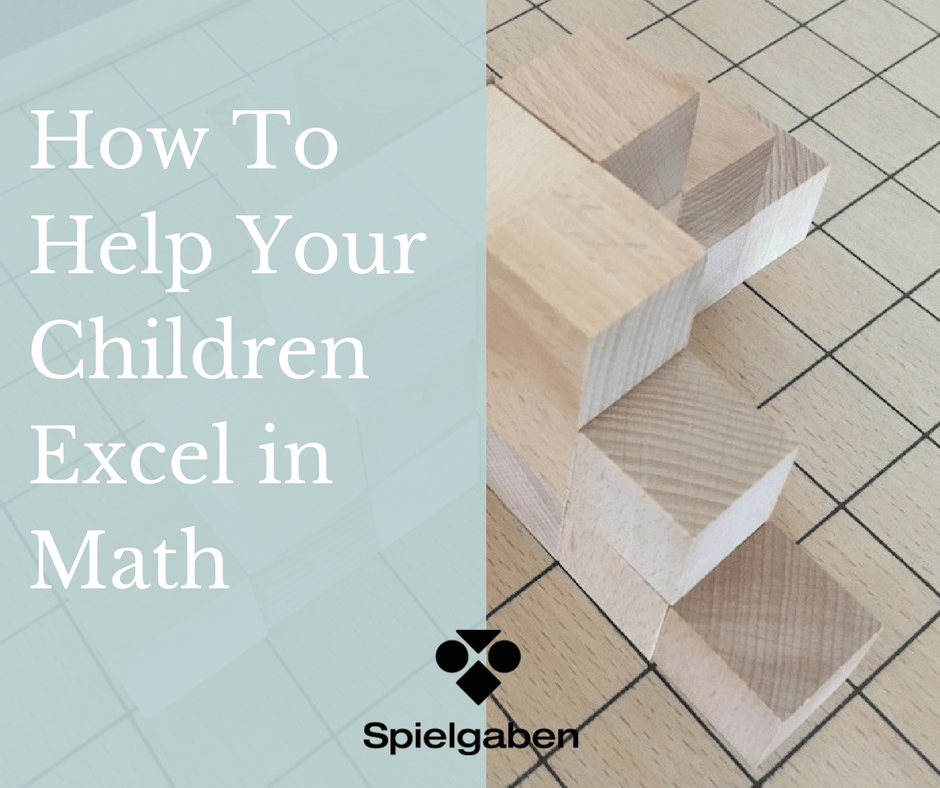
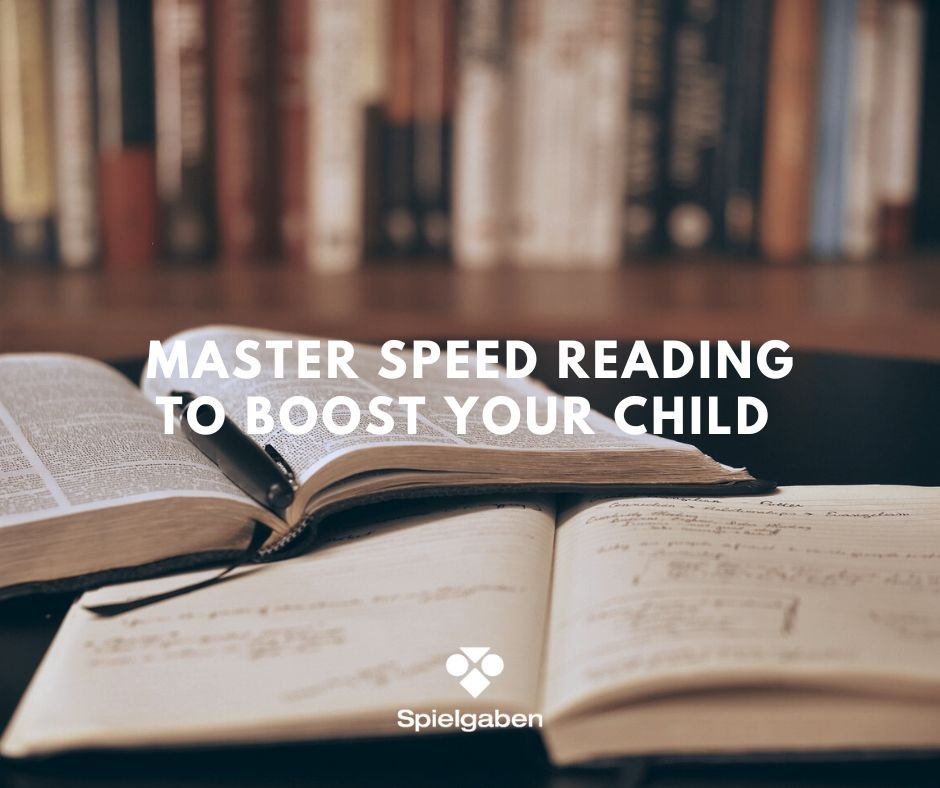

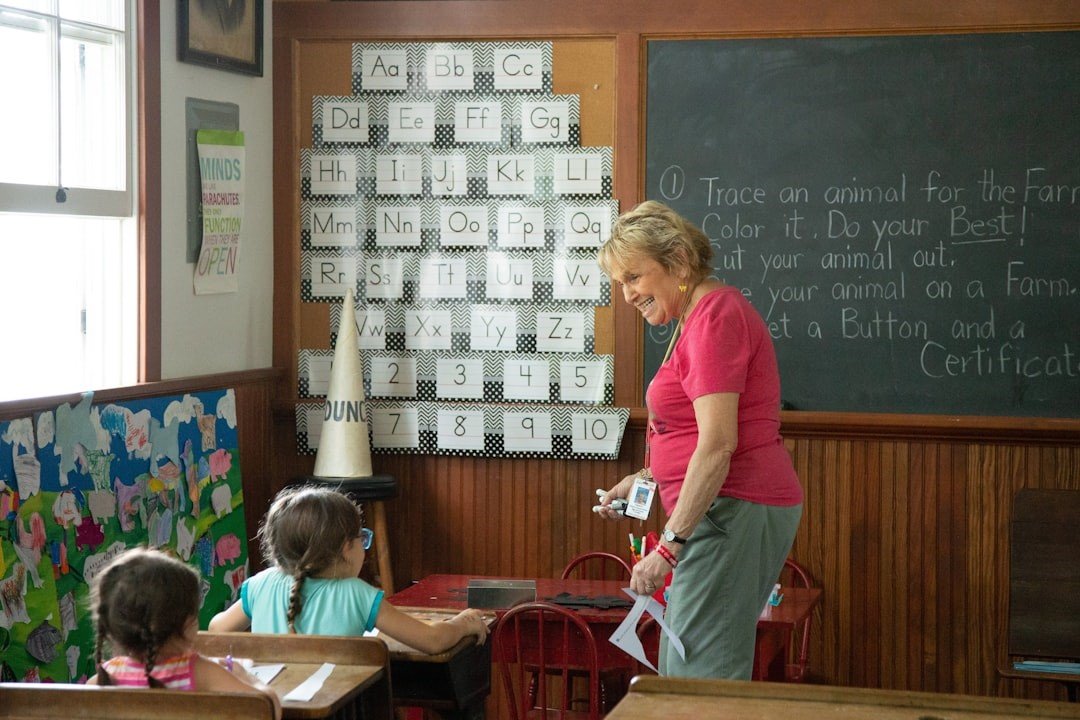


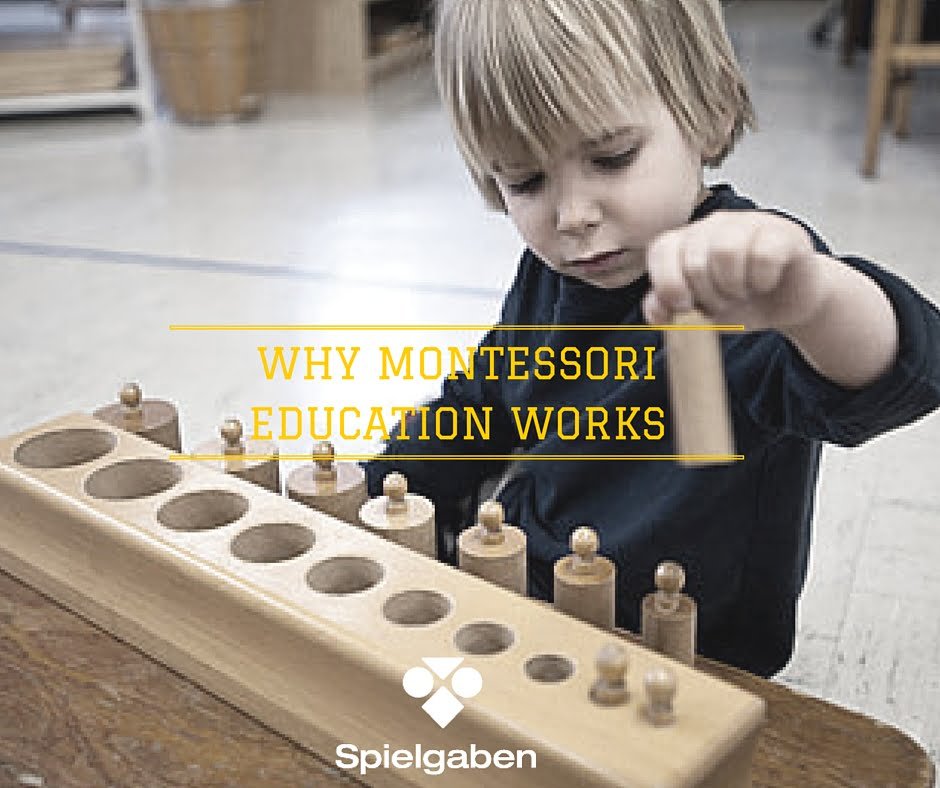
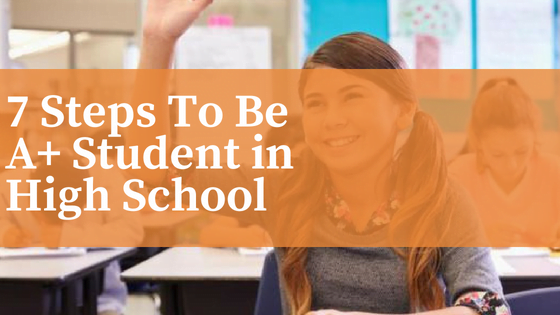


Comments (4)
I have two questions for clarification:
Can you clarify the scope of the media policies in Waldorf schools? For instance, do the “strict media policies” mentioned apply specifically to hours during school or to every hour of every day, whether weekday or weekend?
Also, can a student enter a Waldorf school after he has already been homeschooled for a year or two, or must he join during the first year (kindergarten?)?
Thank you!
Hello,
The scope will be vary school by school cases. We suggest to consult with your local Waldorf school nearby and find out more details. Thank you.
Ah, ok. Thank you.
Hey. Former Waldorf student here. I attended the same Waldorf school for 10 straight years of my life and by the time I left, my family had been taken advantage of, we were punished for leaving before they wanted us to, and my ability to function as a student was completely underdeveloped due to their methods. From my experience and feedback from others, Waldorf is essentially a cult, which isn’t surprising, because we made that joke all the time while we were enrolled, and Steiner was an occultist himself. Obviously Waldorf works well for some children, but keep in mind their accommodation for disordered kids and mental health is ineffective and pretty appalling. Despite all the talk about individual learning and art and stuff, they are very restrictive with what they want you to learn, how they want you to learn, and when they want you to learn it. I have to stop myself because I have a decade’s worth of complaints about Waldorf education after what my peers and I have gone through, but I think what I’ve said is enough. Parents, please do good research on whatever school you send your children to, especially if it’s a Waldorf school. They have very good marketing.